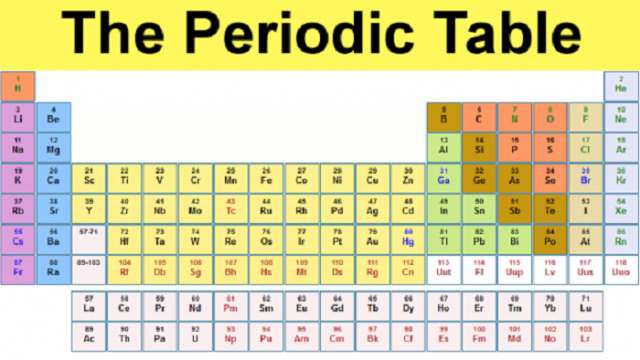Five facts you probably didn`t know about the periodic table - Dmitri Mendeleev

Studied by school children across the world, the periodic table initially contained 56 elements, with an extra element founded every year on average. There are currently 118.
Here are five facts you might not know about the periodic table (despite all those hours spent in science class) and Mendeleev himself:
Element 115 exists for less than a second
Ununpentium, an extremely radioactive element also known as element 115, has a half life of only 220 milliseconds. It was declared a new element in December 2015 after it was discovered by a group of Russian nuclear scientists.
Mendeleev loved card games
Thanks to his passionate love of solitaire, Mendeleev wrote the weight for each element on a seperate index card and then laid them out as if he was playing a card game. Logically, he figured elements with similar properties would form a “suit” which would then be placed in columns ordered by atomic weight.
He predicted elements that had yet to be discovered
One of the most genius-like things Mendeleev did with the periodic table was leaving gaps where he knew elements would exist, but they just hadn’t been discovered yet. With this in mind he managed to work out the weight of gallium, scandium, and germanium.
Some of the atoms can `kiss`
Take a modern periodic table, cut out the complex middle columns, and fold down the middle of the group 4 elements. The groups that meet, or kiss, have complementary electron structures and will slip together, combining with each other.
Radioactive elements like to move
Mendeleev got a lot of things right, but he didn’t clock that all elements are unchanging. Radioactive atoms have unstable nuclei which means they move around the chart.
Uranium, for example, decays into a series of lighter elements, including lead, a completely different element number.














































